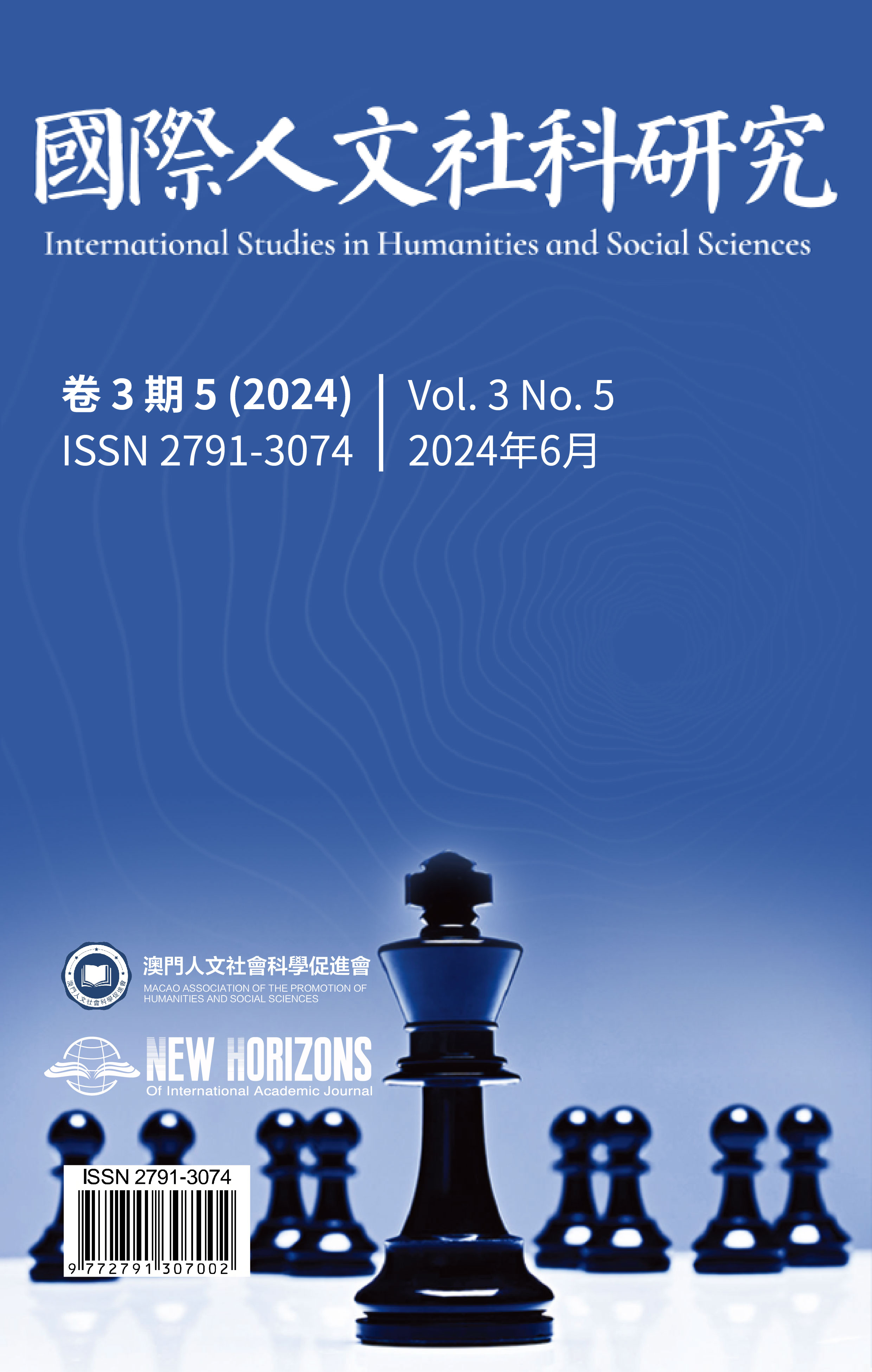nnovative Research on the Reform of Blended Learning in Maritime Law Course in the Context of Guangdong-Hong Kong- Macao Greater Bay Area: A Case Study of Guangzhou Maritime University’s Teaching Practice
DOI:
https://doi.org/10.63944/8qmktd49Keywords:
blended learning;class revolution;value education;flipped classroom;maritime law courseAbstract
The Ministry of Education has issued several policy documents aimed at accelerating the development of educational information technology and education reform, with the goal of establishing a new global leader in higher education. By implementing the “class revolution” and exploring blended learning, the creation of an online and offline blended “golden class” for the Maritime Law course can provide strong support for the development of a robust higher education system and expedite the modernization of education. This paper introduces the integration of Civics and Politics into the Maritime Law course within the context of Guangdong-Hong Kong-Macao Greater Bay Area. It also discusses innovations in teaching objectives, teaching content and teaching methods, and proposes reform recommendations related to policy support, equipment implementation and teaching research, drawing from existing blended learning research and the practice of legal education.










